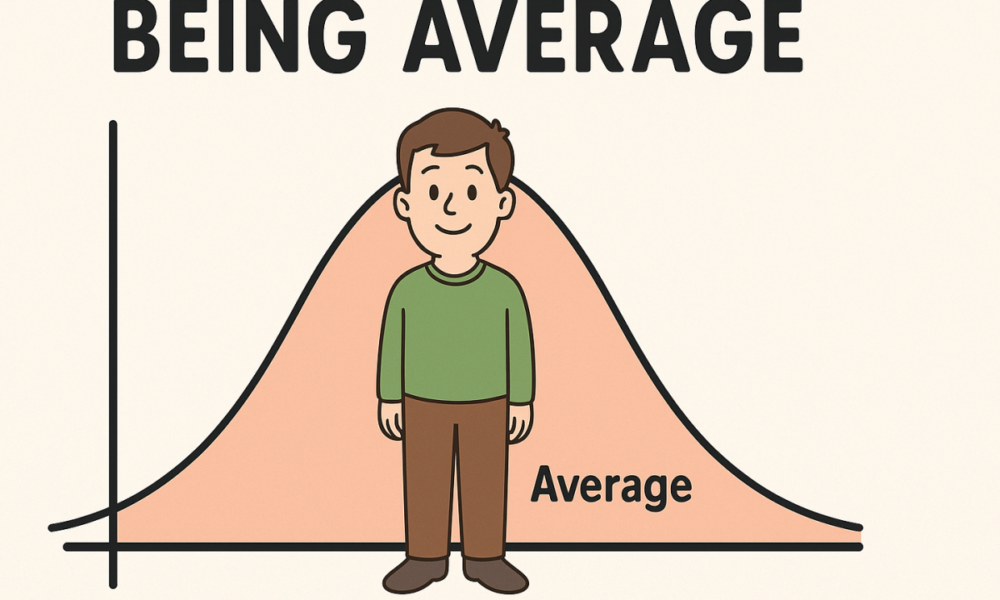Can we lift every farmer above average?

The slogan “we can’t afford to be average anymore” gets thrown around like it’s profound wisdom, but it’s just statistical nonsense dressed up as motivation. The average is, by definition, the middle. Half of all farmers will always be below it and half above. You can’t have everyone in the top half, and you likely won’t always be in the top half of farmers.
Even if every farmer doubled their yields, slashed costs, and ran the most efficient operation imaginable, there would still be an average. It would just shift upward. Some farmers would still fall below it. That’s how averages work.
If someone tells you that you are average, it can feel mean, but don’t be angered. If you are an average farmer, you are better than half of the farmers.
This slogan also overlooks the actual workings of farming. The weather can wipe out a season. Grain or meat prices can collapse. Government policy can flip overnight. Biosecurity scares can shut markets. These are the sorts of things that can drag a great farmer below “average” or push a mediocre one above it, regardless of skill or effort.
The real issue isn’t being average. It’s that in too many cases, being average means barely surviving. That’s the problem worth fixing. The goal should be to make sure the average farmer, the one sitting right on the middle, can still pay their bills, make a living, invest in their business, and have a future. If the “average” farmer is going broke, the problem isn’t their ranking. The issue is that the baseline is far too low, and it is removing viability.
This obsession with telling everyone to be above average is lazy and impossible. We can learn from others and improve our businesses, but there will still be average farmers. Instead of chasing a mathematical impossibility, we should be focused on raising the floor so that being average is still enough to have a profitable, sustainable business.
Otherwise, it’s all just noise, a feel-good slogan for that sounds bold while ignoring the fact that half the audience, by design, going to fail the standard they’ve just been handed.
